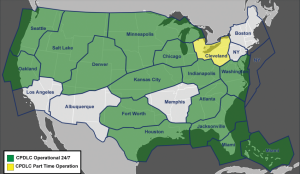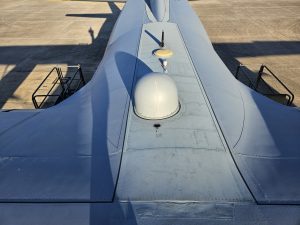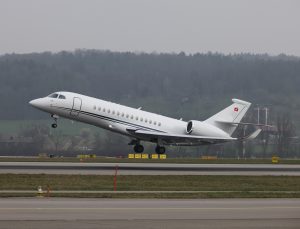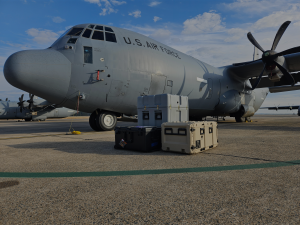Controller Pilot Data Link Communication (CPDLC)
Technological advancements continue to reshape the way pilots and air traffic controllers communicate. One such innovation that has gained prominence recently is the use of Controller Pilot Data Link Communication (CPDLC) in Domestic US airspace. DataComm is the FAA’s program responsible for bringing CPDLC to US domestic airspace; and the program has been progressing for several years, but General Aviation (GA) has faced many limitations realizing full benefits of the program, until recently. Last November most GA aircraft were finally allowed access to en route CPLDC in US domestic airspace. While there are still some limitations with certain avionics and service availabilities, over-all, this is a significant step forward for General Aviation and Satcom Direct operators, whom are reporting the program is working well.
With the recent FAA approvals and the removal of longstanding NOTAMS limiting GA aircraft, most Satcom Direct FlightDeck Freedom® users are now capable of using CPDLC in the US when they confirm avionic capabilities, submit a participation form to L3 Harris and file the appropriate flight plan codes such as adding “E” or “ER” to DAT remark and CODE remark. Full guidance utilizing enroute CPDLC in US airspace has been published by OEM’s and guidance is also available in Satcom Direct document TIL-FDF-016.
Validating Inflight CPDLC Services and Hardware
As with most changes and potential challenges faced by General Aviaton operations, Satcom Direct validates and tests such development with its own flight department and aircraft. Once the updated process for utilizing domestic enroute CPDLC was released, the SD flight department applied for use as any other GA operator and validated enroute CPDLC capabilities.
These evaluations are valuable for the company to allow SD to provide more precise guidance to our customers. SD has the same tradition of validating services and hardware as was done with our SD Router (SDR) implementation, Plane Simple Ku (PSKu) validation, and now Plane Simple Ka (PSKa) inflight testing. Maintaining premium user experiences can only be realized with such real-world validation.
CDPLC Notifications
The SD flight department gained extensive knowledge from the US Domestic CPDLC evaluation even though the concepts were relatively simple. Some of the avionics and service limitations observed were not always apparent to flight crew. With these findings, SD was able to develop automated alerts to notify flight crew when CDPLC logons in US Domestic airspace fail. SD also enabled the capability to track CPDLC communications which has been implemented to help users identify problems and retain system performance. Similar automation has been integrated in the past to notify users before entering regions of potential GPS spoofing, approaching areas with potential critical hazards, such as severe turbulence or security threats, or notification of abnormal flight conditions being detected.



